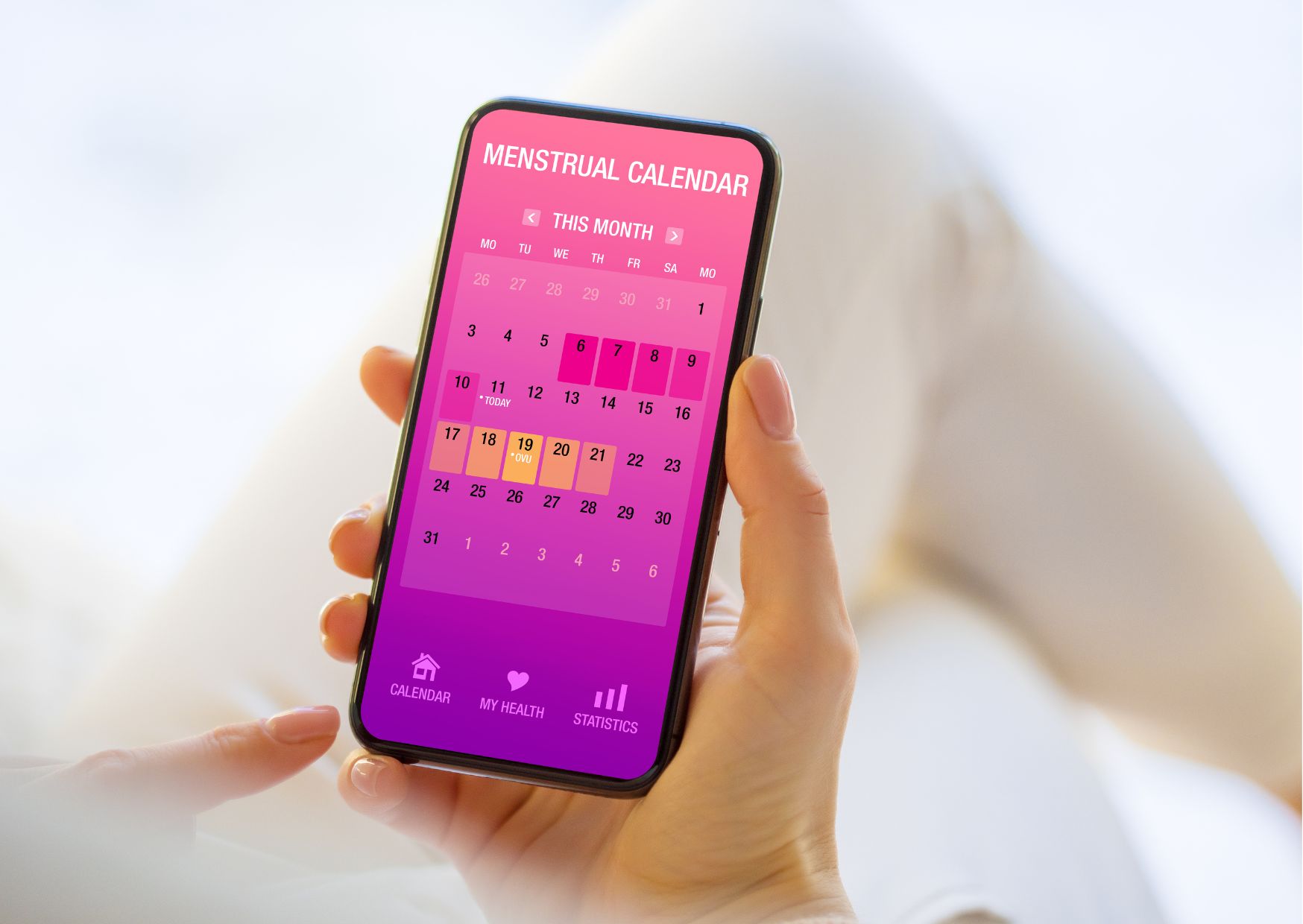Is FAM the same as period tracking?
Sympto-thermal FAM methods are NOT the same as period tracking. Period tracking is the modern version of what was previously called the rhythm method or the calendar method. These methods are often confused with fertility awareness methods but are not the same thing. There are currently hundreds of different apps used to track periods that use algorithms to predict an estimate of the fertile window and day of ovulation. This is highly inaccurate and should not be used as an accurate method of birth control. The rhythm method is a very old practice of cycle charting used by women prior to the availability of the current science of fertility awareness and the menstrual cycle. The rhythm method aims to identify patterns within the menstrual cycle to estimate the fertile window and the day of ovulation. The rhythm method is thought to have a failure rate of about 30% which means it is only about 70% effective (1). In contrast, hormone birth control options have an effectiveness of 90-100% depending on type and user use. Symptothermal FAM methods have an effectiveness of 98-99% depending on use and adequate training from an instructor (2). Although proven to be inaccurate, the practice persists and has made its way into modern-period tracking devices.

From my understanding, even the most sophisticated algorithms which make predictions based on basal body temperature readings use a repurposed version of the “standard days” method, which identifies the fertile window on days 8-19 of the menstrual cycle. Although this may work for many women most of the time, clever marketing has overestimated the effectiveness of this method (3). Period tracking is also unlikely to be reliable for women with irregular menstrual cycles. The high failure rate of the rhythm or calendar methods is the main reason most doctors are not supportive of FABM techniques in the prevention of pregnancy. Many doctors are not aware of the difference between FAM and the rhythm method. Interestingly many OBGYNs and Fertility Specialists that are aware of the science behind fertility awareness endorse the practice of FAM/FABM as a reliable way to improve chances of getting pregnant or as a reliable non-hormonal birth control method for couples that are good candidates for the method.
FAM makes no predictions and teaches women to monitor fertility in “real-time.” This is important because the timing of ovulation is highly variable every month even in women with regular menstrual cycles. Personally, my cycles are considered very regular ranging between 29-32 days each month but I very rarely record my ovulation day being on the same day each consecutive month. No matter how sophisticated algorithms become, they will never be able to predict the day of ovulation with 100% accuracy. This is because the timing of ovulation is highly dependent on many different factors including acute stress, inflammation, medications, alcohol, illness, travel and many other factors. Algorithms can not make predictions on how ovulation will respond to the various events that occur in life. Using a period tracking app can be a great way to start monitoring different signs of the menstrual cycle and is a great first step to improving body literacy but it can not be relied on as an accurate method for birth control or even an accurate way to achieve pregnancy.

Please note** most research on the effectiveness of FAM has been conducted under the guidance of a qualified instructor. While FAM can easily be self-taught, we do not have data on the effectiveness of FAM which is self-taught. If you wish to work with me to learn the FAM method please contact me or book an appointment.
References:
(1)Mastroianni L., Jr (1974). Rhythm: systematized chance-taking. Family planning perspectives, 6(4), 209–212.
(2) Frank-Herrmann, P., Heil, J., Gnoth, C., Toledo, E., Baur, S., Pyper, C., Jenetzky, E., Strowitzki, T., & Freundl, G. (2007). The effectiveness of a fertility awareness based method to avoid pregnancy in relation to a couple’s sexual behaviour during the fertile time: a prospective longitudinal study. Human reproduction (Oxford, England), 22(5), 1310–1319. https://doi.org/10.1093/humrep/dem003
(3) Marston, C. A., & Church, K. (2016). Does the evidence support global promotion of the calendar-based Standard Days Method® of contraception?. Contraception, 93(6), 492–497. https://doi.org/10.1016/j.contraception.2016.01.006










